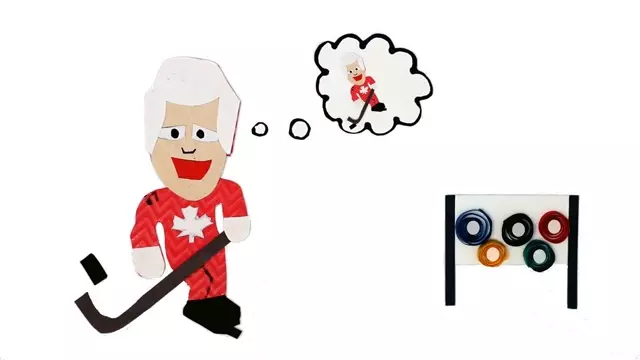2014-02-06
[public] 39.9K views, 527 likes, 6.00 dislikes audio only
SUBSCRIBE to BrainCraft! Click here: http://ow.ly/rt5IE Talking psychology, neuroscience & why we act the way we do. New video every other week!
Want to win gold? It helps to train your brain, not just your body. Studies with athletes show that using imagery techniques to train your brain can improve your physical performance.
Check out the science of the Olympics over at Untamed Science http://www.youtube.com/playlist?list=PL5BRja99NkXnXYT2PhRR1jEiDylVG0ULf
And the science of ski jumping by The Curious Engineer http://youtu.be/Gk6cZkS9xz8
Follow BrainCraft on Facebook https://www.facebook.com/Braincraft
Tumblr http://braincraft.tumblr.com
Twitter https://twitter.com/Brain_Craft
Instagram http://instagram.com/brain_craft
Google+ https://www.google.com/+braincraftvideo
BrainCraft is created by Vanessa Hill. Say hello on Twitter https://twitter.com/nessyhill
References:
Callow, N., Roberts, R., & Fawkes, J. Z. (2006). Effects of dynamic and static imagery on vividness of imagery, skiing performance, and confidence. Journal of Imagery Research in Sport and Physical Activity, 1(1).
Guillot, A., Genevois, C., Desliens, S., Saieb, S., & Rogowski, I. (2012). Motor imagery and 'placebo-racket effects' in tennis serve performance. Psychology of Sport and Exercise, 13
Lotze, M., & Halsband, U. (2006). Motor imagery. Journal of Physiology-Paris,99(4), 386-395.
Miyai, I., Tanabe, H. C., Sase, I., Eda, H., Oda, I., Konishi, I., ... & Kubota, K. (2001). Cortical mapping of gait in humans: a near-infrared spectroscopic topography study. Neuroimage, 14(5), 1186-1192.
Munzert, J., Lorey, B., & Zentgraf, K. (2009). Cognitive motor processes: the role of motor imagery in the study of motor representations. Brain Research Reviews, 60(2), 306-326.
Medal images: Wikimedia commons
Music: Bass Walker by Kevin MacLeod/http://incompetech.com

